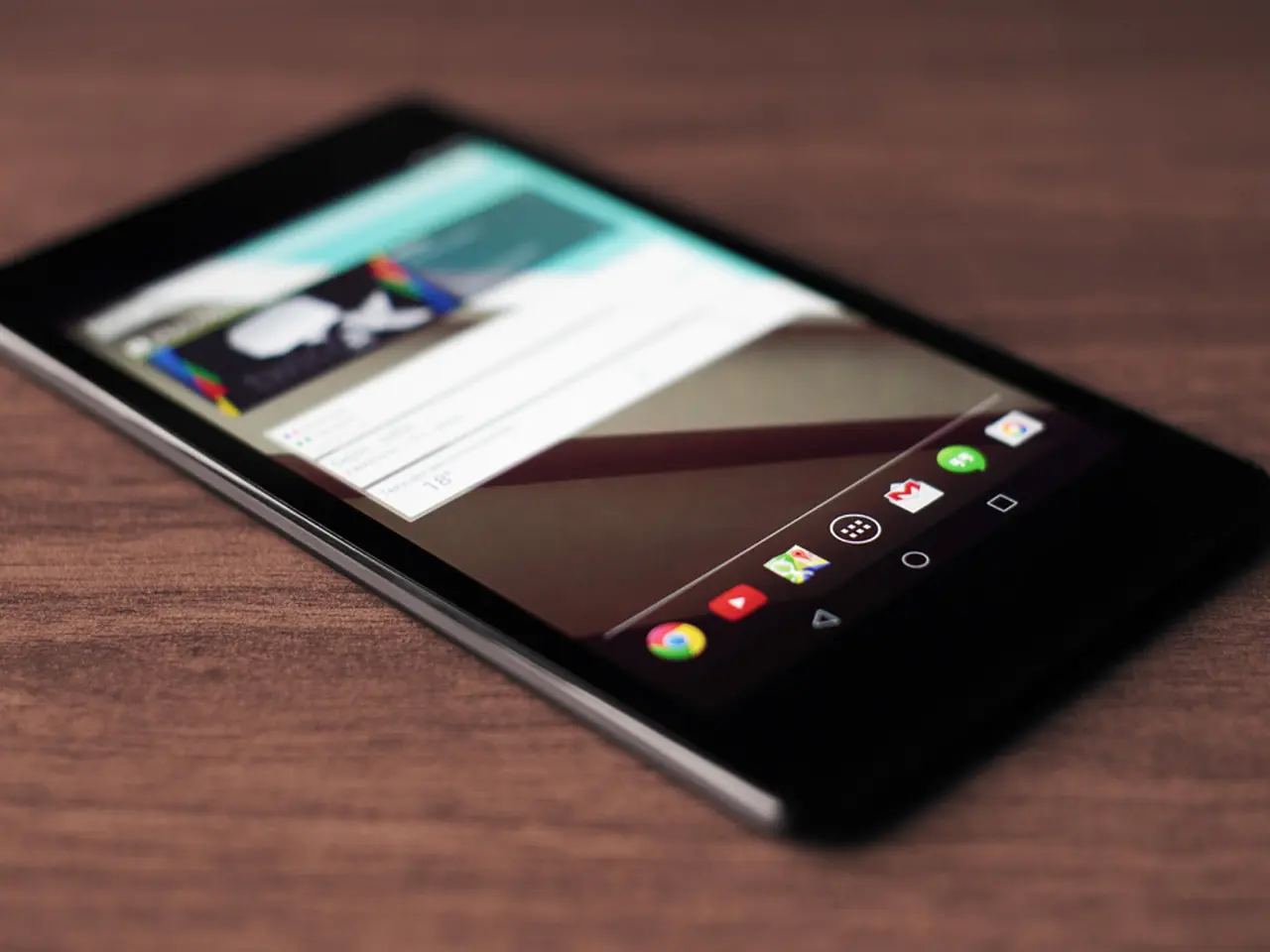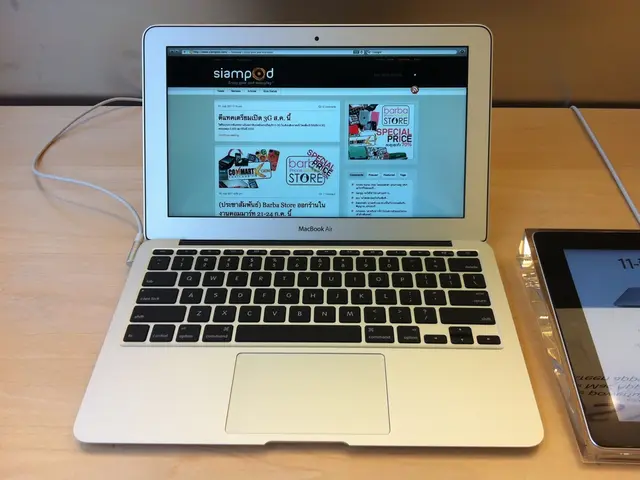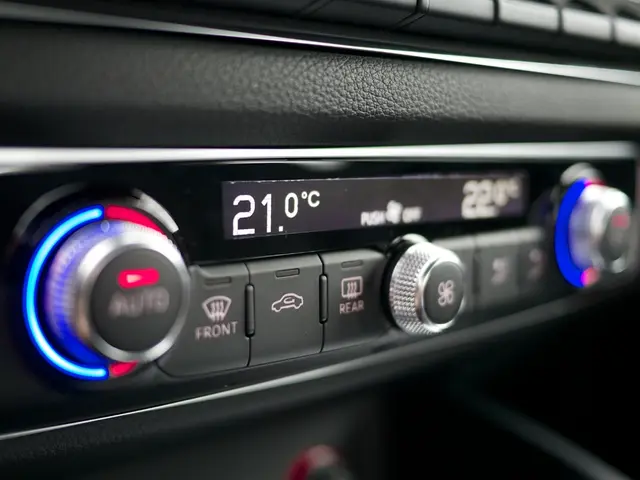FrogFind Seizes WAP Control
In an exciting development for vintage phone enthusiasts, the topic of WAP (Wireless Application Protocol) hacking has resurfaced for the first time since 2008. This article aims to explore the possibility of creating a 2G bridge for modern web access using vintage phone hardware, specifically focusing on WAP.
The challenge lies in the fact that some handsets capable of accessing WAP via WiFi exist, but they leave a significant portion of retro hardware out of reach. To address this issue, Sean, a dedicated tech enthusiast, is actively seeking a solution to enable vintage phones to access WAP.
The creation of a 2G bridge involves interfacing old 2G-capable phones with a modern network gateway. This gateway translates between the outdated 2G/WAP protocols and current Internet protocols, a task requiring both hardware and software components.
Here's a breakdown of the key components and steps involved:
1. **Hardware**: Use an old 2G GSM phone or GSM module capable of supporting WAP (e.g., Nokia 2G feature phones). The device needs to be accessible via serial interface (UART) or AT commands over a data cable or Bluetooth.
2. **Cellular 2G Network Access or Emulation**: Normally, the device connects to a 2G cellular network to access WAP services. However, since most carriers have discontinued 2G, a local 2G base station emulator (femtocell or OpenBTS) is needed to mimic a 2G network so the vintage phone can register on it.
3. **Bridge Device or Software Gateway**: The core of your "2G bridge" is a gateway that terminates the 2G/WAP session and proxies between WAP and modern web (HTTP/HTTPS). This can be a microcontroller, single-board computer, or PC running software to decode and translate WAP/WML content requests to HTTP(S) requests over IP and return the HTTP(S) responses converted back to WAP-compatible format for the phone.
4. **Networking & Protocol Handling**: Implement or use existing WAP gateway/proxy software that understands WAP 1.x/2.x protocols. Convert WAP wireless datagram protocol (WDP) packets to TCP/IP. Handle typical WAP transaction layers and application layers.
5. **Software Tools & Resources**: Look into open-source or legacy WAP gateway software that can run on Linux or Windows. For 2G protocol interaction and data capture, programs utilizing Qualcomm's diagnostic USB interface or SDR dongles can help monitor/understand wireless data. Configure Linux bridge interfaces if using software bridges to interconnect network interfaces in your gateway box.
If you have ideas for a 2G bridge or a how-to guide, the article invites readers to share them in the comments or via a tip. With the collective brainpower of the community, we hope to find a solution that will allow vintage phones to access the modern web without attracting regulatory attention, making vintage computing even more accessible and enjoyable for fans.
Hardware gadgets, such as old 2G GSM phones or GSM modules, will be essential for creating a 2G bridge, as they need to support WAP and be accessible via a serial interface or AT commands. To address the issue of modern cellular networks no longer supporting 2G, a local 2G base station emulator (like a femtocell or OpenBTS) will be necessary to replicate a 2G network for the vintage phone to register on.
With a 2G bridge in place, vintage phones can engage in hacking activities targeting WAP, opening up a new realm of possibilities for technology enthusiasts, including accessing the modern web from their beloved retro devices.







